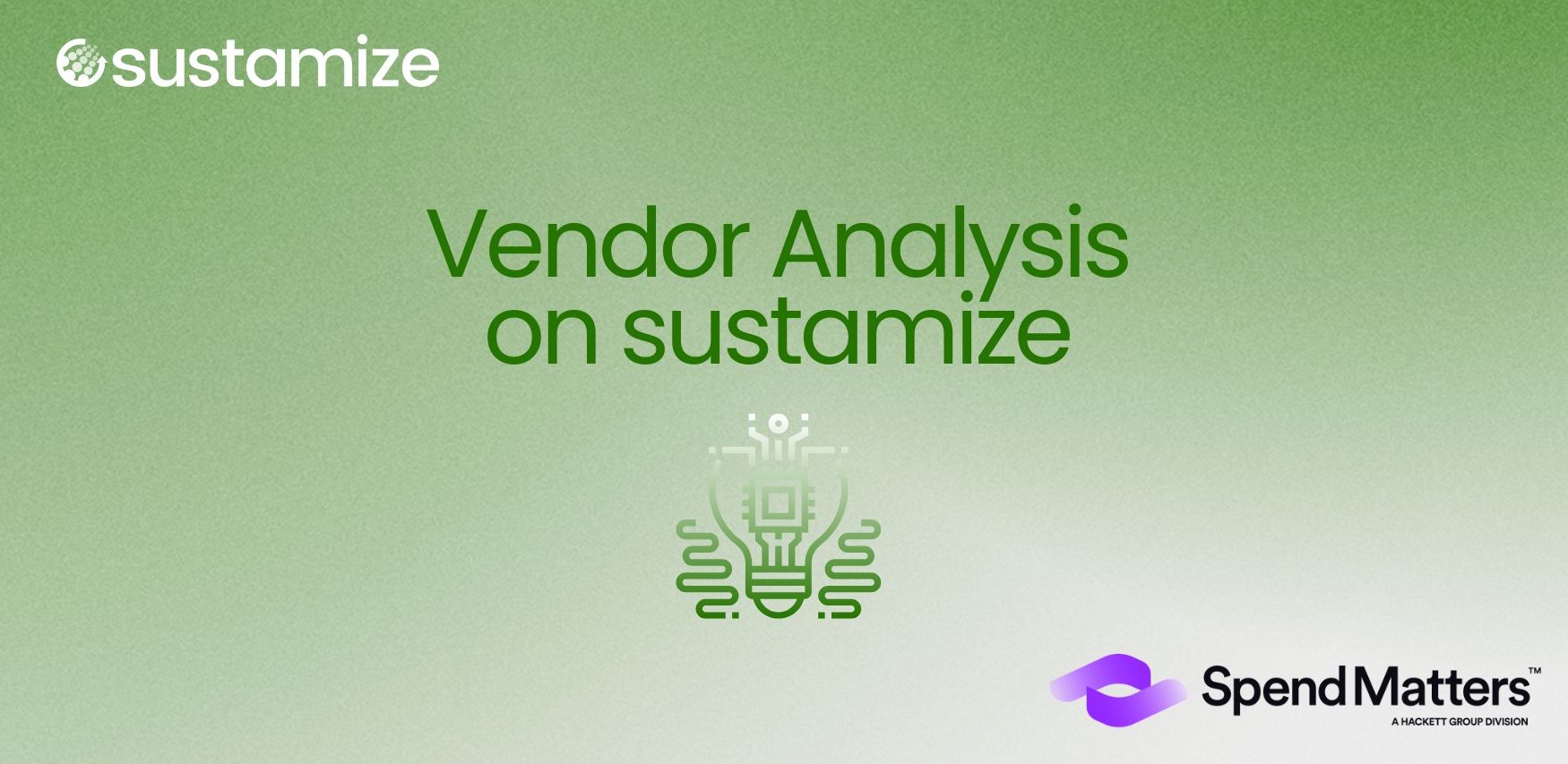The Construction Industry’s Emissions Problem
Emissions from the construction industry are considerable. Here are the numbers.

According to the International Energy Agency's 2019 Global Status Report for Buildings and Construction, the buildings and construction sector accounted for 39% of energy and process-related carbon dioxide (CO2) emissions in 2018, 11% of which resulted from manufacturing building materials and products such as steel, cement and glass.
A 2021 study from researchers at the Leiden University further completes the data, showing that the carbon emissions of building materials are set to grow a considerable amount if drastic action is not taken rapidly. Even with new regulations and standards, these emissions are still much larger than the remaining emissions budget for building materials that would keep us below 1.5°C of global warming, researchers state in their Nature Communications paper. The researchers prescribe technological innovations as well as circular economy approaches and behavioral changes to limit emissions.

Nevertheless, decarbonizing the sector may be difficult for several reasons, one of them being the requirement of high amounts of energy for the production of materials and metals like steel, but also emissions related to the end-of-life phase of materials.
That is why we, at sustamize, decided we'd explore a series of existing innovative solutions for decarbonizing the construction industry, namely by reducing product- and material carbon footprints. A good start is to have a look at our blog posts on decarbonizing steel and concrete, which tackle the most pressing carbon emission issues of the construction industry.

Here are the exciting innovations we are exploring:
- Powdered Mixed Waste Glass as an Input for Concrete
- Converting Plastic Waste Into Bricks
- Upcycling Clothing for Thermal Insulation
- Construction Tiles Made With Black Carbon
You want to know more about reducing your product's or material's carbon footprint?
You want to find out more about our extensive construction materials database?
Contact us here and stay tuned for more updates!
Sources
IEA (2019). Global Status Report for Buildings and Construction 2019. IEA. Paris. Access: https://www.iea.org/reports/global-status-report-for-buildings-and-construction-2019
Xiaoyang Zhong et al, Global greenhouse gas emissions from residential and commercial building materials and mitigation strategies to 2060, Nature Communications (2021). doi.org/10.1038/s41467-021-26212-z



.jpg)
